If you are starting or growing your business online there is a term you are doing to hear a lot:
Sales funnels.
You hear about funnels for this and funnels for that.
Unfortunately, all that talk can leave you scratching your head and utterly confused about what a sales funnel actually is (or what it does).
Don’t worry, we’re here to help.
And here’s how we’re gonna do that.
First, we’re going to define what a funnel actually is, then we’re going to show you how a funnel is built (strategically), and finally we’re going to discuss the ‘why’.
By the time you’re done reading this article, you’ll know everything you need to know in order to start planning your first funnel.
Let’s dig in.
Table of Contents
What Is A “Sales Funnel?
First, let’s define the term “funnel”, in order to grasp the concept better.
You might hear about a “sales funnel” or a “conversion funnel” or “sales process” or maybe even the “customer journey.”
It’s all essentially the same way of saying the same thing.
A sales funnel visualized looks like this:
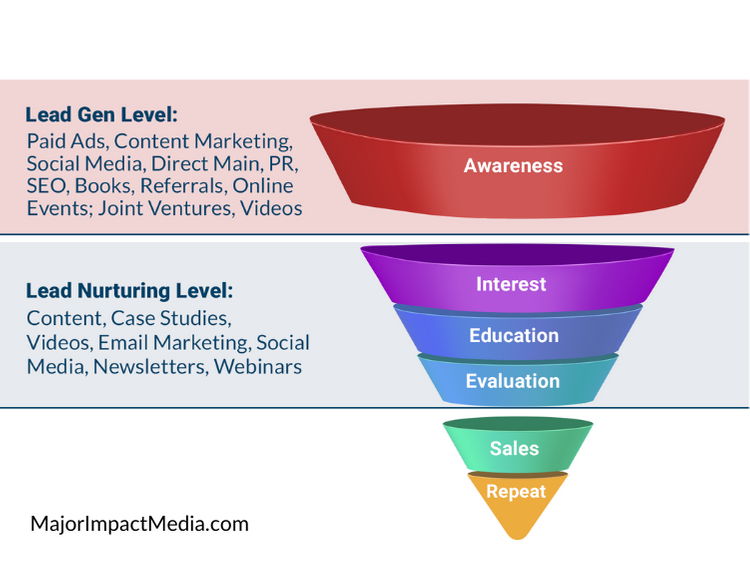
At its most basic level a sales funnel is comprised of all the steps a person needs to take to go from a total stranger to a repeat customer.
So, your sales funnel is designed to move people through these different steps and sort through a large number of people down to only your loyal customers.
What you need to remember is this, a sales funnel is the journey your client makes to go from a total stranger, to a repeat customer.
Think of it like a story, where the hero goes on a journey and comes out the other side better, stronger, more empowered.
That is your customer.
Thanks to technology we are now able to make this as personalized to each individual as ever, in the entire history of business and marketing.
Behavior driven funnels are quickly becoming the norm; but that’s a totally different discussion for another time.
Now, let’s move on to the ‘how’ and see how you can start thinking strategically about setting up your first funnel.
How To Design Your First Funnel
In order to make this article as helpful as possible we’re going to cover the amount of information you’re going to retain AND use.
For that purpose, we’re going to break the funnel concept into five stages:
- Awareness
- Engagement
- Conversion
- Profit Maximizer
- Return Path
Let’s start from the obvious beginning.
What it means to make people aware of your brand.
Awareness
It feels like you’ve known household brands your whole life. McDonald’s, Coca Cola, Amazon, Apple, Microsoft; heck, even Facebook (est. 2004).
But there was that one first time you became aware of all these brands.
Maybe it was through word-of-mouth, maybe an ad online, maybe a friend bought you coke, maybe your parents took you to McDonald’s as a kid.
Whatever it was, there was that one time you first heard of it.
That’s exactly how your clients are first made aware of you; that one time.
Sure, increased exposure and top of mind awareness help, but it’s great if you can make an amazing first impression.
So, your first strategic homework: think about the first point of contact with your typical (or ideal) client.
- Where is the first time a person is aware of your brand?
- How can you make that a better experience?
- Is there anything you can improve?
Nowadays that first interaction is probably through a post on social media (shared by a friend or a sponsored ad), an advertisement on a website, a promotional email they’re getting, or a coupon they found online.
Whatever it is, make sure that first interaction is congruent with the next step in your funnel; with the overall story you’re telling.
And usually that next step is a low buy in.
An entry point into your business.
Engagement
Now’s the time to make things happen for your client.
The entry point is usually a taste of the entire business.
It’s how he knows what you’re all about, and how he’s going to get treated if he does business with you.
Like we mentioned above, the entry point into a business is often a low cost product or service.
And we’re not only talking about money, we’re talking about any type of investment a potential customer needs to make in order to get started with you.
That can be money, time, energy or emotional investment.
Make sure you make it easy for someone to get started with you.
One common sales funnel online is a tripwire funnel.
It’s a lead magnet (something free you give away in exchange for contact information) or a tripwire offer (a low cost, high quality offer intended to turn prospects into paying customers), or a combination of both.
Lead Magnet -> Tripwire Offer
If you’ve been on the Internet for more than a second you’ve seen an ad advertising a free report, an educational webinar, a 30-day trial, or a 2-for-1 sale.
That’s the entry stage for that particular business.
Here is an example of a company that uses a free quiz to bring people into their funnel:
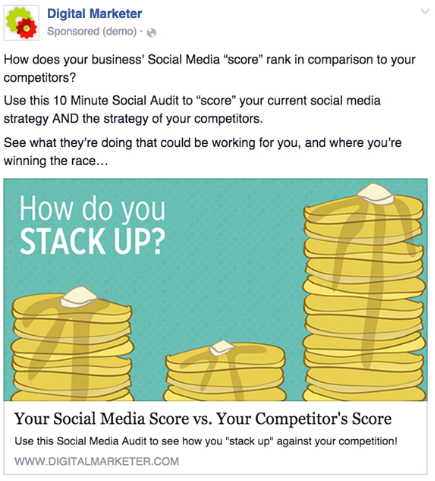
Another very common funnel is the webinar funnel.
You offer a free high value training to create awareness, engage and educate your future customers.
You promote your webinar with Facebook ads or YouTube or some other social media platform and people sign up, learn what you do and get an offer to continue working together.
Pretty simple, right?
These fundamentals make the entire system work.
Testing your front end offer is often one of the biggest levers to attracting the right customers.
The next step is the simplest of them all.
It’s your actual business, the thing you’re selling.
Your core offer.
Your Core Offer
The core is nothing more than what you do.
What is your regular offer?
What do you sell the most?
What gets you the most money in the bank?
For example, a hair salon’s core offers are haircuts and hair dyeing.
A real estate agent sells homes.
McDonald’s core offers are hamburgers and other burger varieties.
For Amazon, it used to be books.
Zappos, shoes, etc.
Your core offer is the thing you started that business for.
The thing you talk about when you tell someone what you do.
So, what is your core offer? And how can you make it stand out?
The better you are at your job, the easier the next step is to sell.
Profit Maximizer
What’s a profit maximizer?
It’s a strategically placed offer designed to increase transaction size (and ultimately lifetime customer value).
It’s an up-sell, down-sell, cross-sell and the likes.
It’s the next logical step in our customer’s journey.
It’s something that augments, complements or enhances the initial purchase (core offer).
How do you implement a maximizer?
“Do you want fries with that?”
As simple as that. McDonald’s makes just $0.19 profit on a hamburger sale, they make an extra $1.14 extra profit on a coke and fries upsell. (7.3 times that of the core sale.)
Think about this for a minute.
What can you add to enhance your customer’s experience after that initial purchase?
Do you sell audio equipment? Sell a professional set up package.
You do manicures? Offer a pedicure immediately after.
This is the easiest way to double or triple a business. Nothing comes close to it.
The most common maximizers you see online are one-click upsells, bundled pricing and membership discounts.
Take a moment and decide what you’re going to test next.
There’s no “if’s” with this, it’s a must.
On to the next, and last stage of our sales funnel process.
Return Path
This is exactly what it sounds like.
How do you make a client come back?
How do you make someone a repeat buyer?
Or ever better, a referrer?
You stay on their mind, as often and as relevant as possible.
Luckily, technology made this easy for us.
Once you have your prospects and clients’ contact information you can literally stay in touch with them every, single, day. (And it’s cheaper than ever.)
Here are a few ways you can stay in touch with your clients at this stage:
- Email marketing: nothing will get you a better ROI than good ol’ email marketing. It’s still an intimate channel where you can have a “1-on-1” with your clients. Use it to your advantage.
- Social media: the new-ish kid on the block. Real brands have to be present on all major social outlets, so make sure you’re using this (almost) free avenue to get your message across.
- Direct mail: the Internet can be a more forgiving place than print, and that’s intimidating. But that doesn’t mean you can mix it up and try new things once in awhile. It might even make you stand out.
- Continuity: incorporate a subscription model into your business. There’s always something you can do to bring in residual income, and keep a client for longer. It’s easier than ever to do online.
- Retargeting: Are you reaching out to people that already visited you online? You’re leaving a pile of money on the table if you’re ignoring this.
The longer you can keep a customer, the more he’s worth to you in the long run.
The higher his lifetime value is, the more you can spend on advertising.
And if you can outspend your competitors, you won. Plain and simple.
So think about this.
- How are you going to keep your clients around?
- What is it that makes them return?
- What can you do to improve that?
2 Requirements To Move Any Customers Through Your Funnel
There are 2 prerequisites in order to move a client from one stage to the next.
Trust and clarity.
And they go hand-in-hand.
Trust. Attention and trust are the currencies of marketing.
And since we’re talking about moving people from point A to point B in your funnel, we’re going to assume you got their attention in the Awareness phase.
How do you earn trust? Be trustworthy.
Easiest way to be trustworthy?
Always tell the truth, be straightforward and share a little mishap or flaw. Be real and raw.
Clarity. Clarity in a way is a byproduct of trust.
When you’re straightforward with people, they tend to pay close attention.
When they pay close attention they understand what you’re saying.
But to make sure we’re covering all bases, the simple rule is this: explain, in plain language, what you have, what it’ll do for them, and how to get it.
If you’re not telling people what you want them to do, as clear as possible, they most likely won’t do it.
If you’re giving them more than one option, they’re probably going to skip all of them and do nothing.
Bottom line, trust and clarity are done through proper communication, and a well thought out sequence. (Sounds like a funnel’s description, right?)
Now let’s look at why you should start building your very own sales funnel.
Why You Need A Sales Funnel
A sales funnel is the foundation of anyone successful online business.
But it’s so much more than that.
It’s everything that makes business awesome in this day and age.
It’s what makes for a great experience in your client’s life while enriching yours as well.
A well structured sales funnel can serve you, your staff and your customers for years to come.
It can help people take the right action at the right time.
It makes prospects take the path you designed for them by fully understanding your products and services, your company and brand, and what you’re all about so you improve the value of each customer over time and the experience you provide them.
Let’s not leave out that a sales funnel, when done properly, can put you in the top earning bracket faster than anything else you can do to improve your cost-efficient marketing.
The quality of your client’s journey with your brand will dictate the level of success you’ll have in the years to come.
Be well prepared.
It’s worth it.

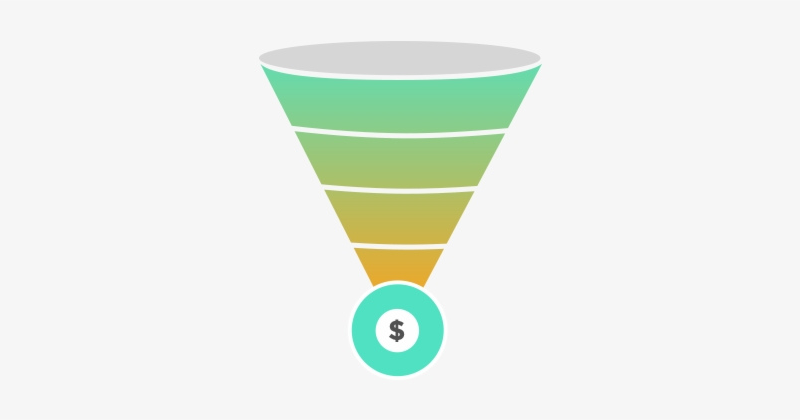
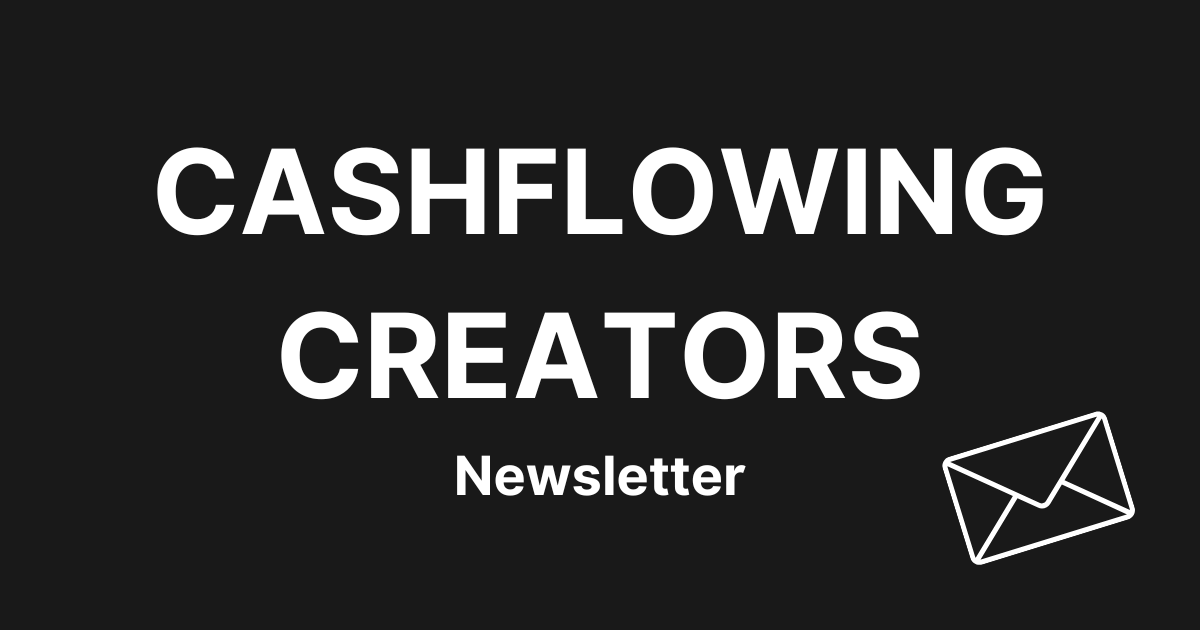
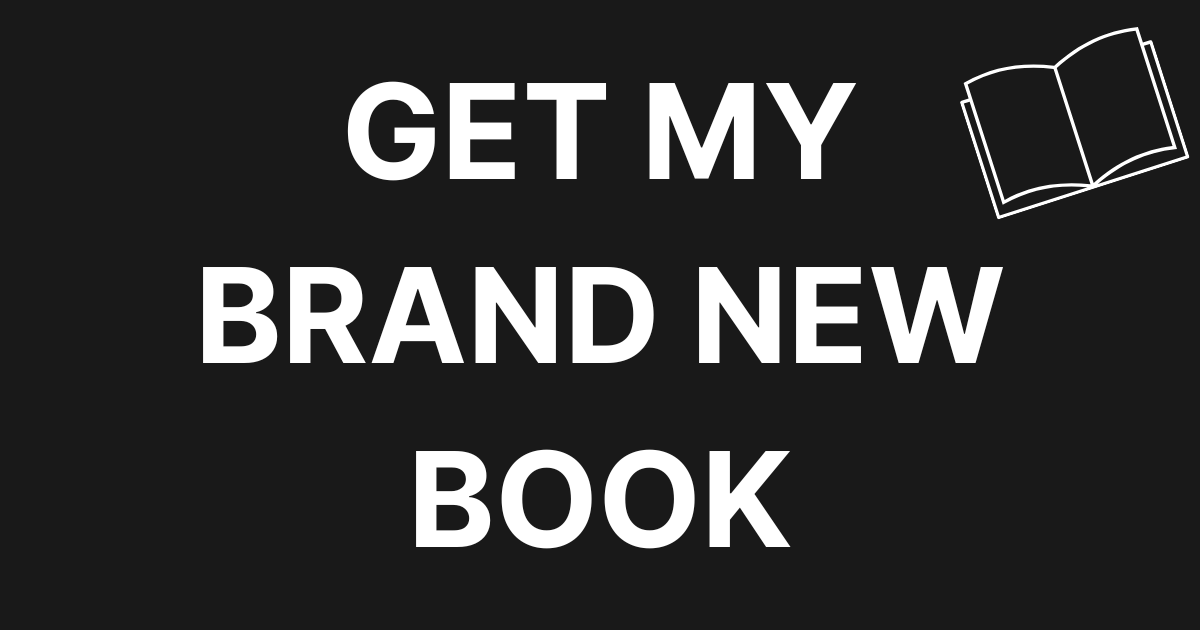
0 Comments